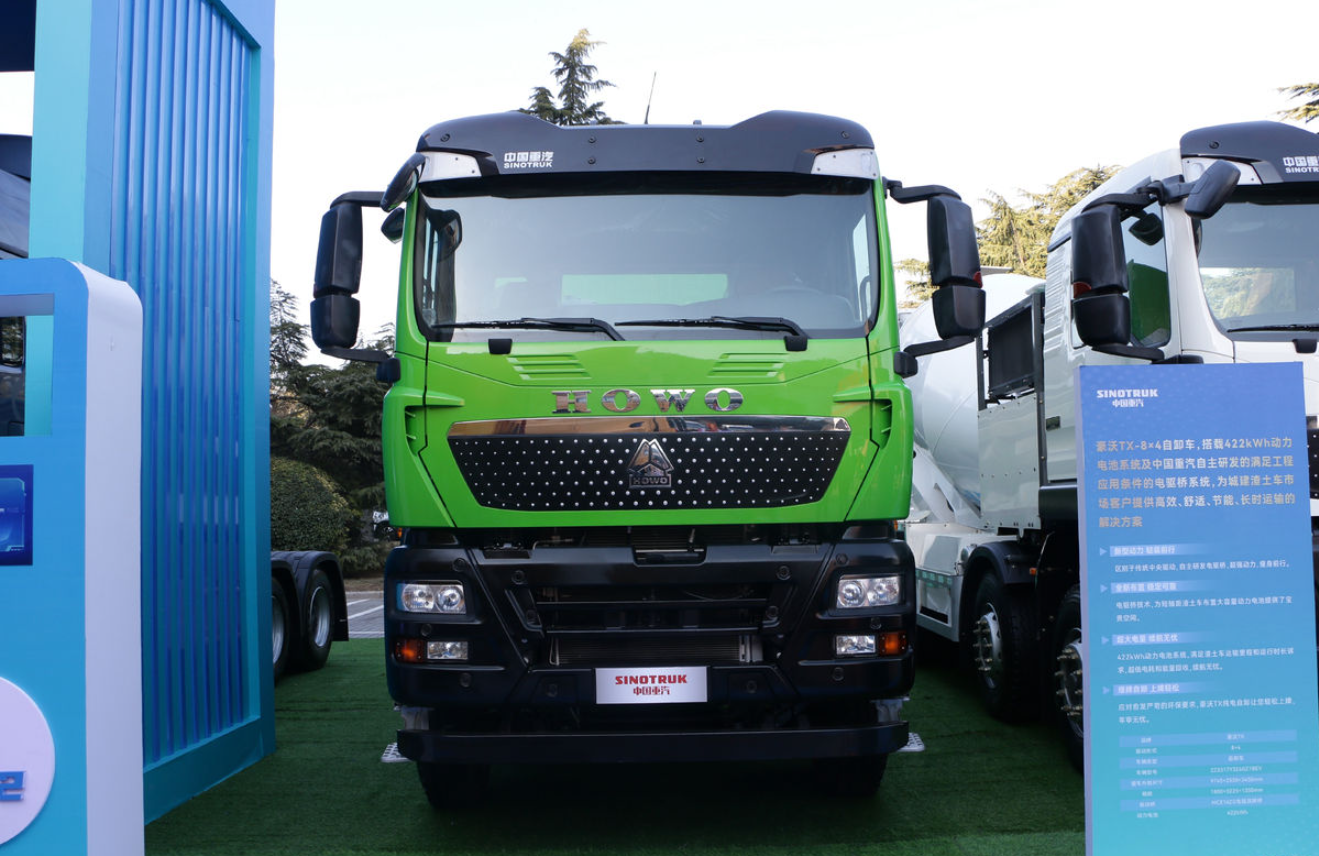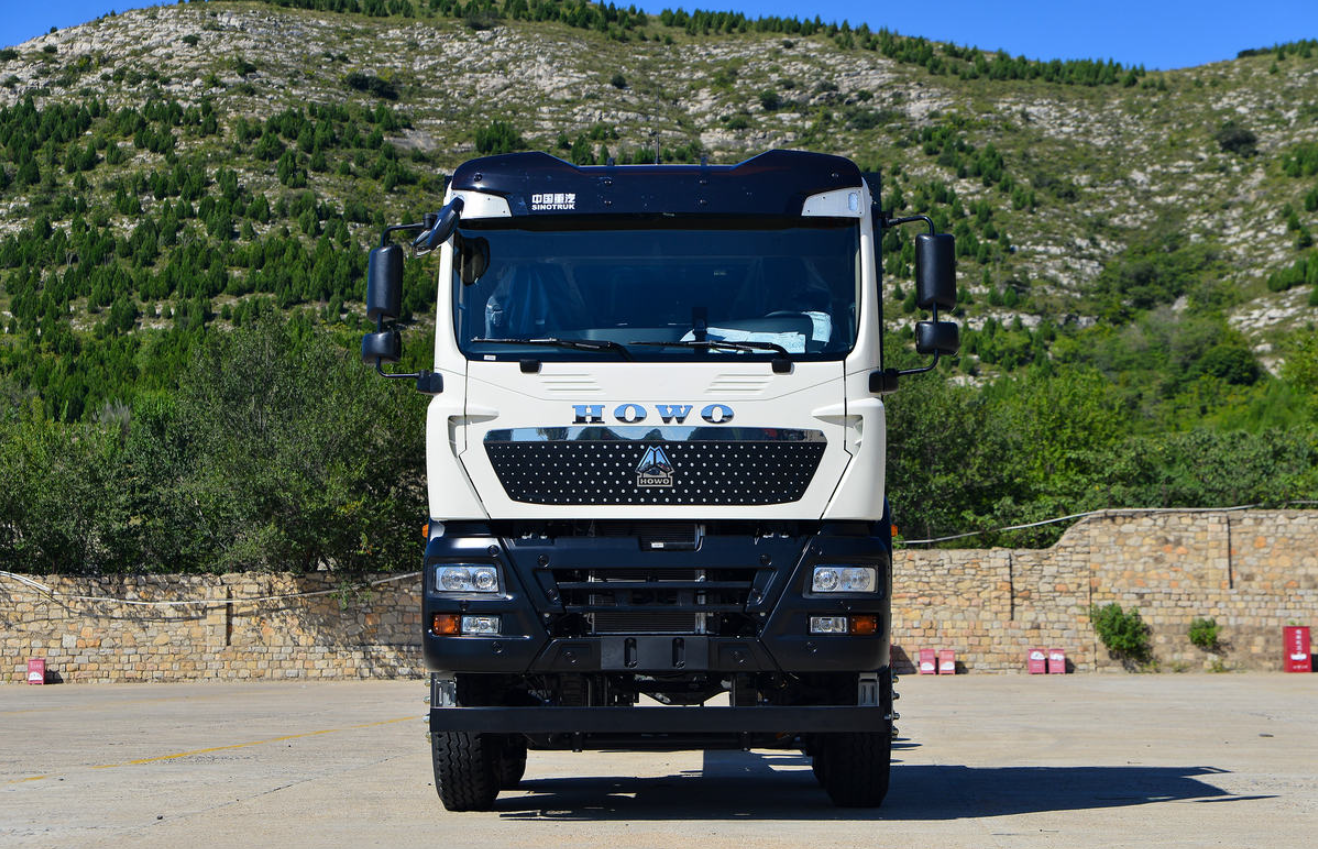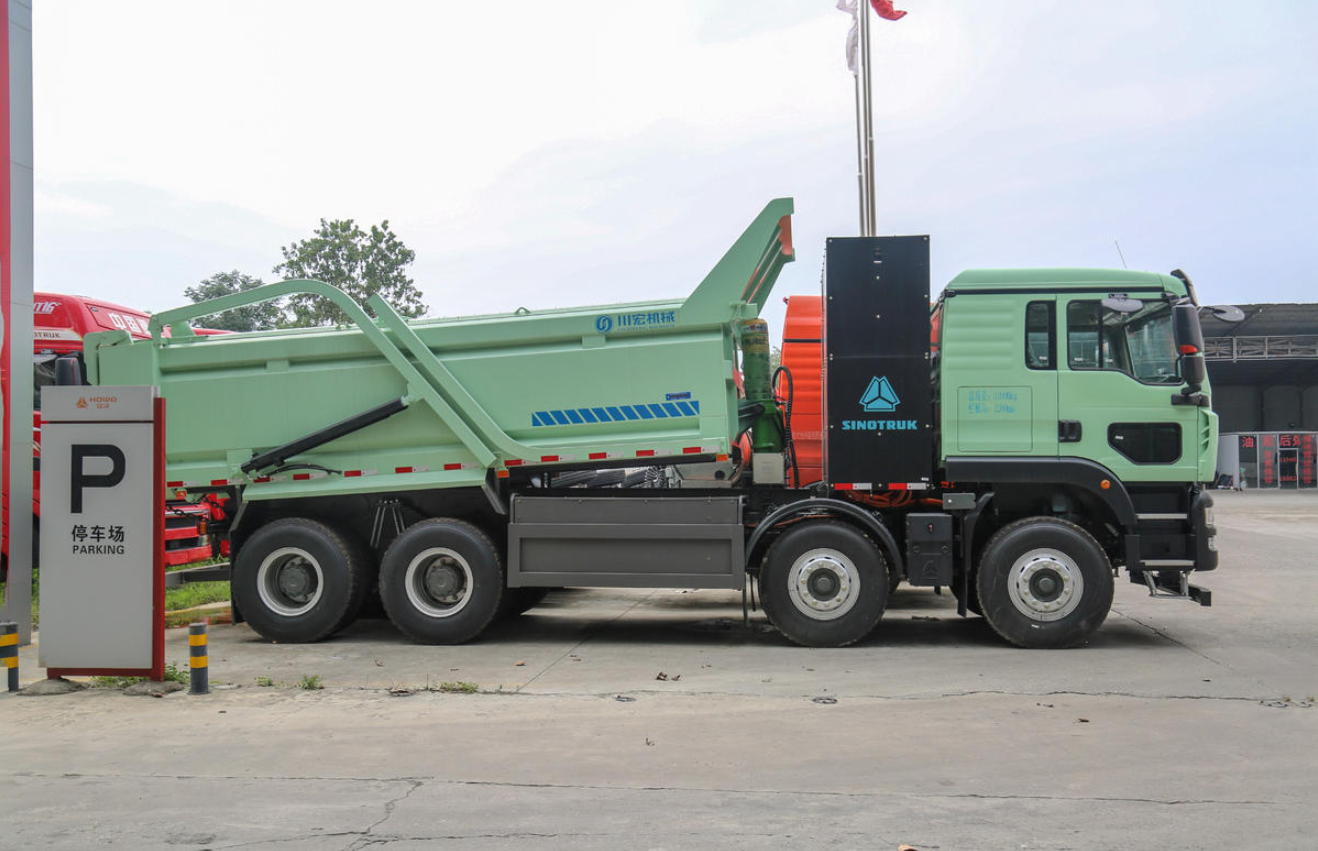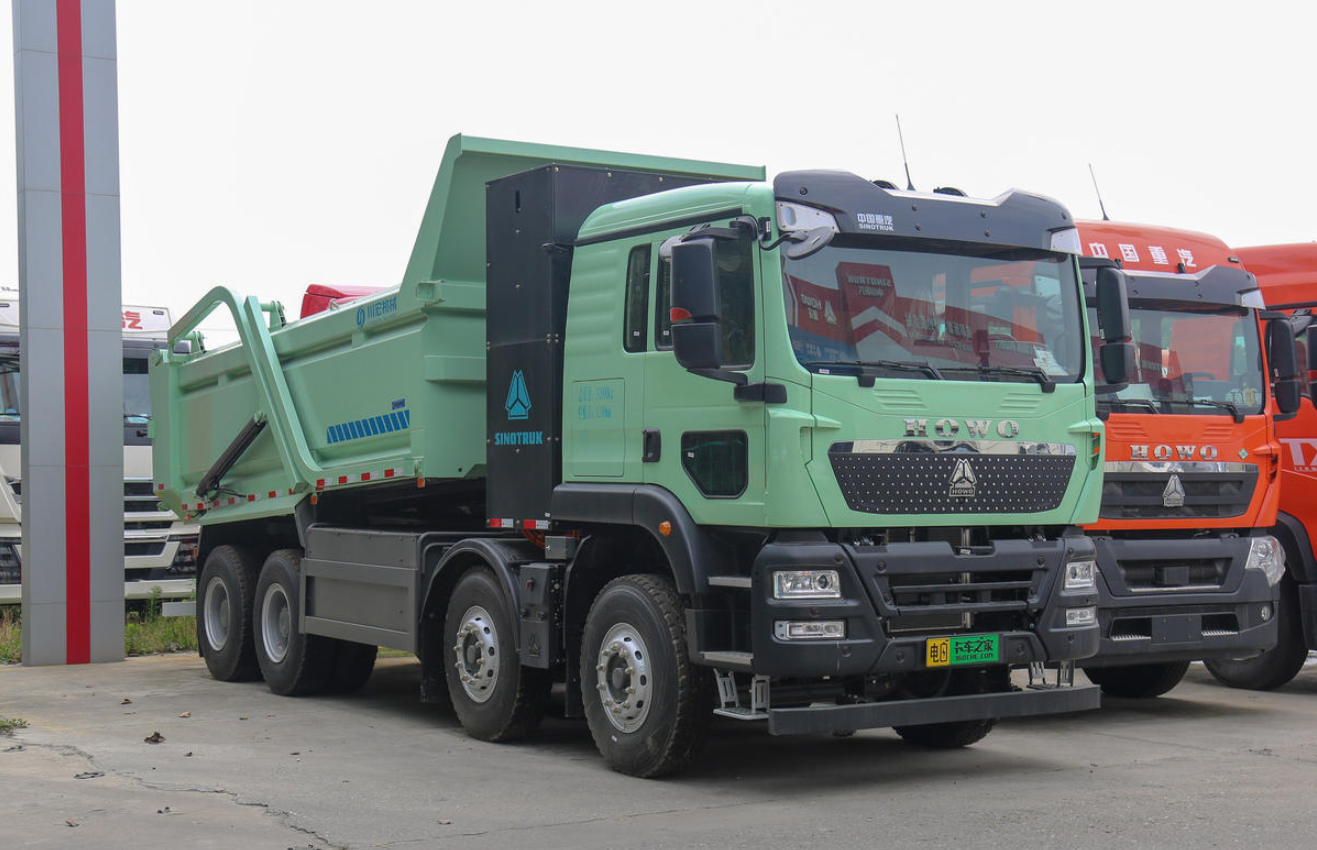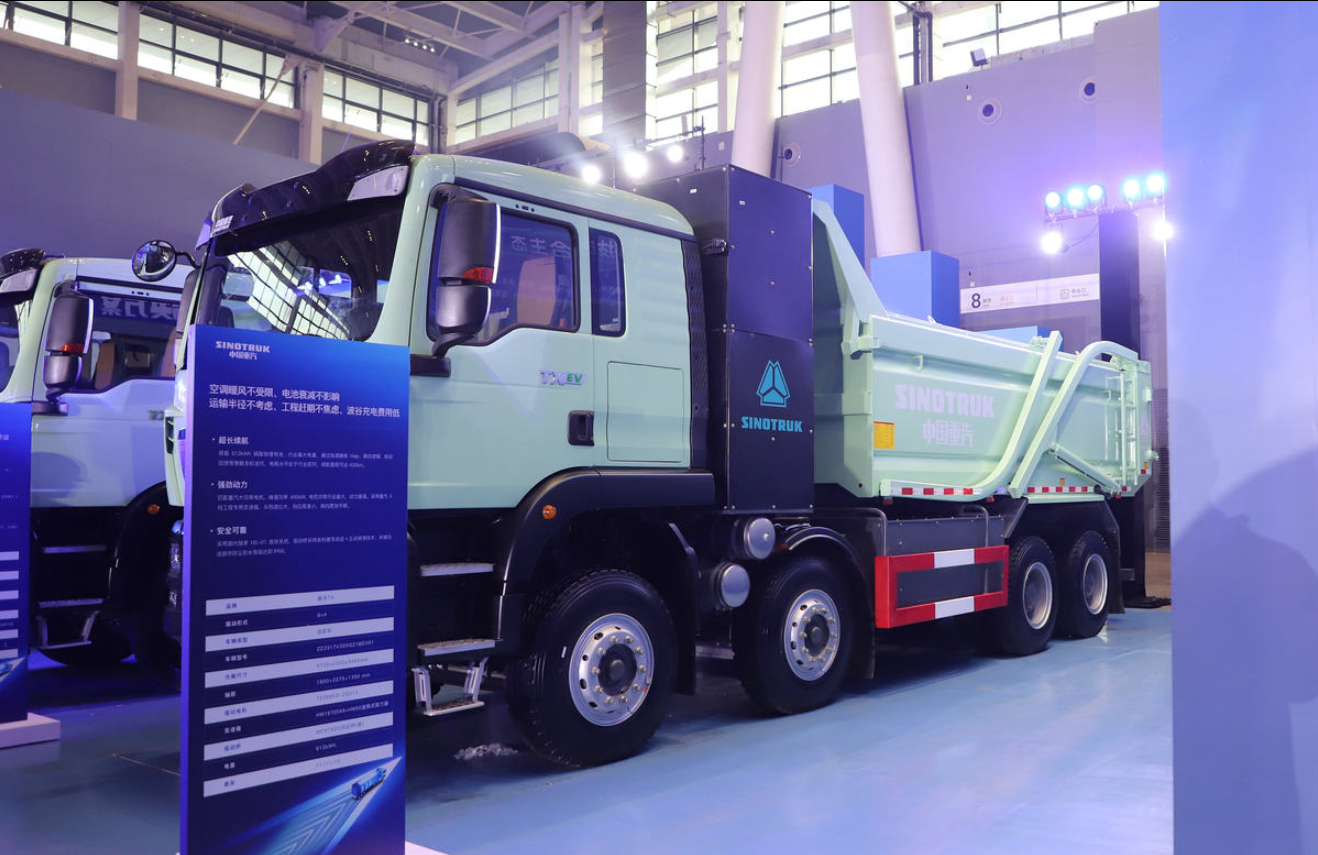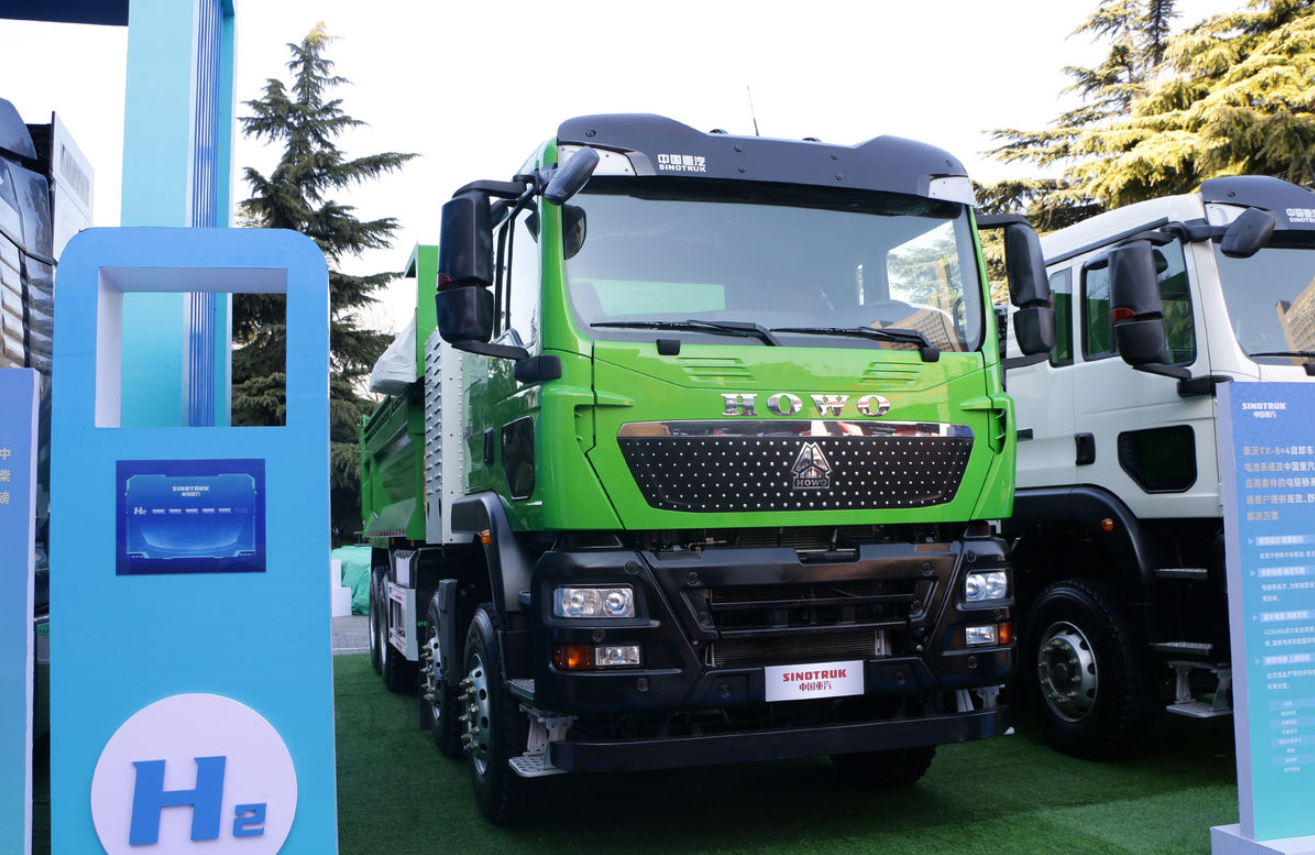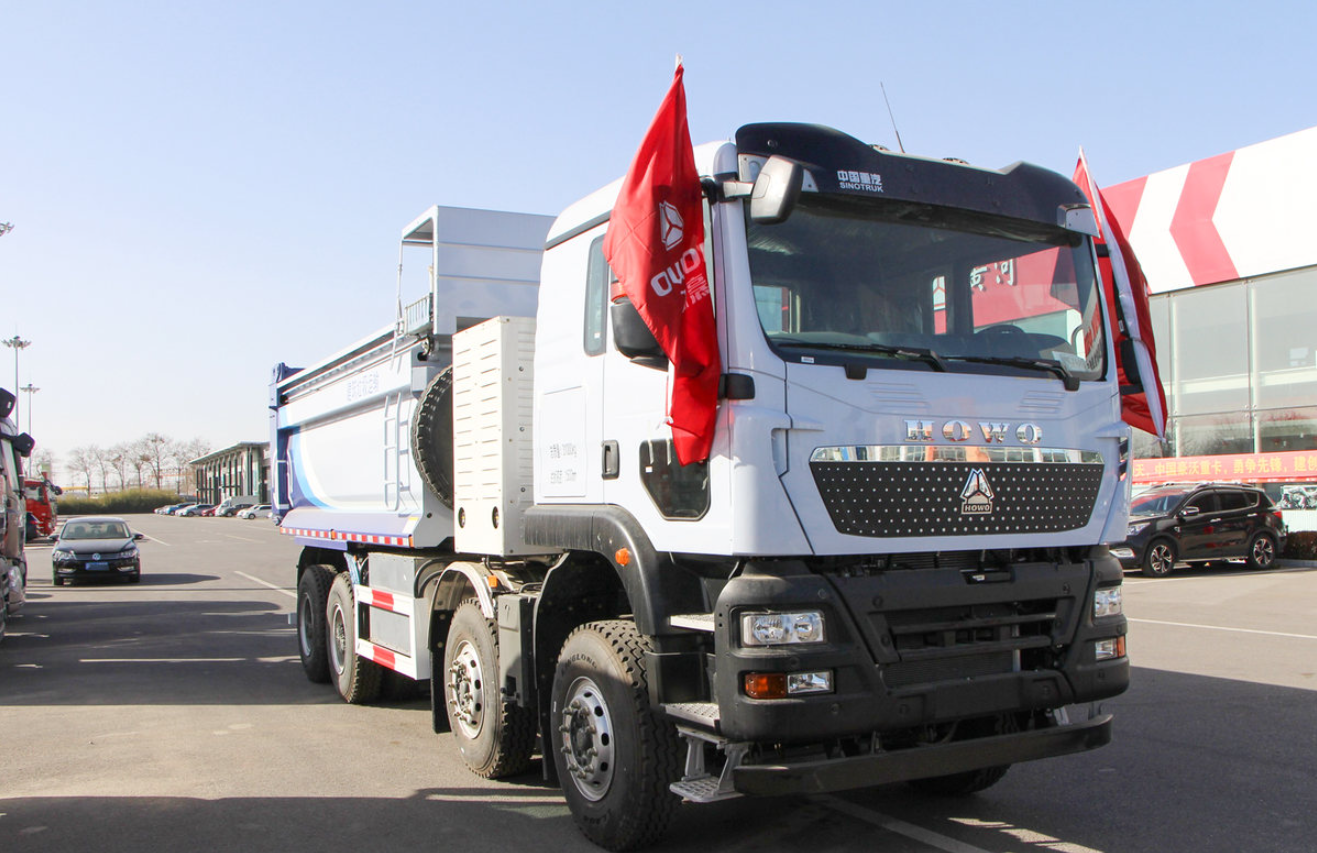Home page > list > news
Weichai's New H/T - 2.0: Paving the Way for China's Commercial Vehicle Energy Revolution
In the dynamic landscape of the global commercial vehicle industry, China's trucking sector is undergoing a significant transformation, especially with the rise of new - energy technologies. Weichai's launch of the new H/T - 2.0 high - thermal - efficiency engine offers valuable insights into the unique development path of China's commercial vehicle energy revolution.
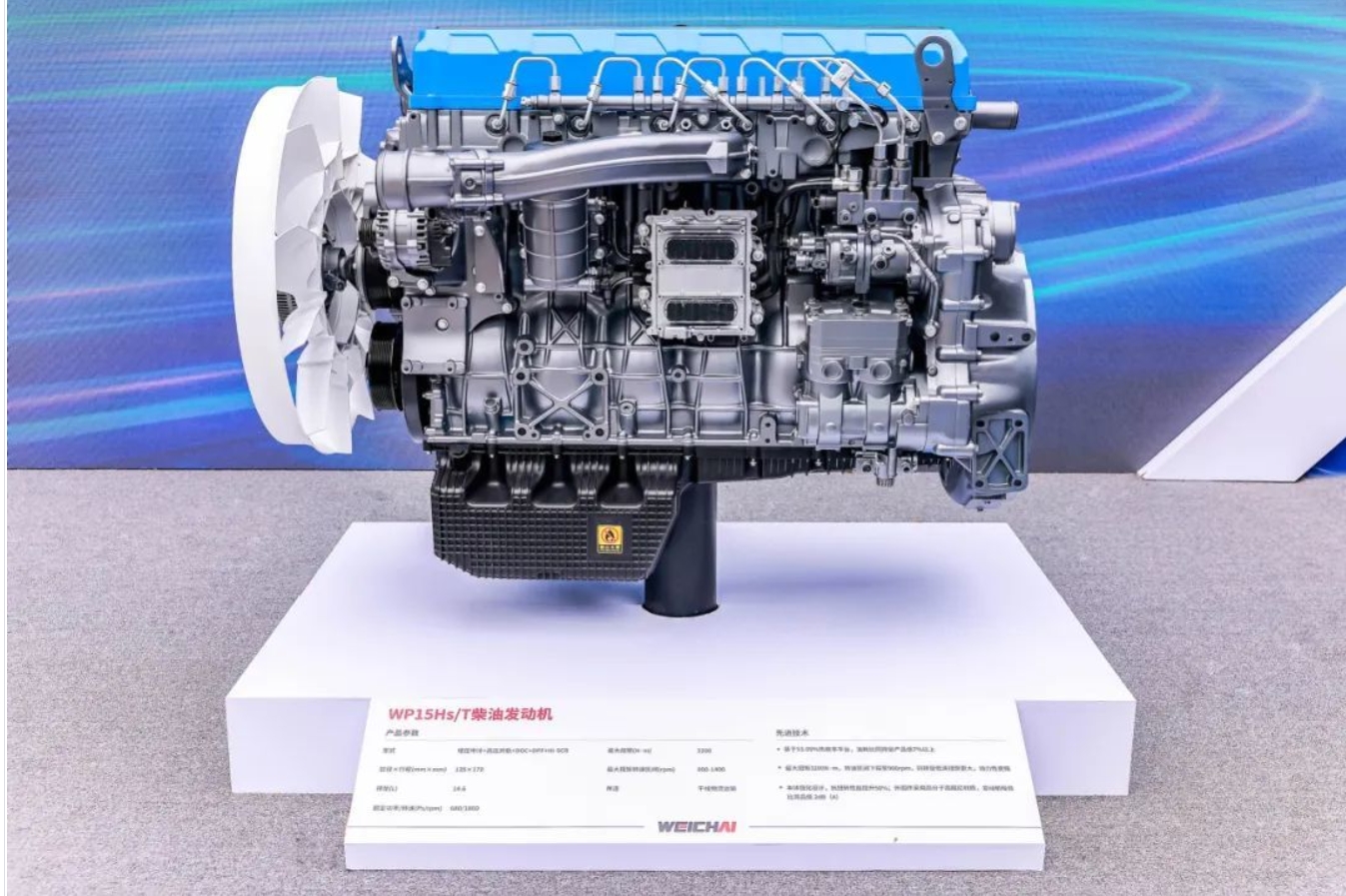
China's commercial vehicle market is at a crossroads, with new - energy vehicles gradually gaining ground. However, as Weichai's strategic move shows, the transition is not a one - size - fits - all scenario. The market is segmented, with new - energy vehicles performing well in urban and short - distance applications, while traditional diesel - powered trucks still dominate in long - distance heavy - haulage and extreme - condition operations. This structural difference provides a strategic opportunity for traditional power sources, as evidenced by the high market share of diesel heavy - duty trucks in regions like northwest China's logistics corridors.
Weichai's focus on fuel - saving technology is a smart response to market demands. In an industry where cost - effectiveness is crucial, a 2 - liter reduction in fuel consumption per 100 kilometers can significantly cut operating costs. This economic advantage positions diesel - powered trucks as a viable option, especially when new - energy alternatives face challenges in terms of cost - performance, charging infrastructure, and range anxiety.
Moreover, Weichai's technological advancements in diesel engines are remarkable. The thermal efficiency breakthrough of over 53% and a 60% reduction in nitrogen oxide emissions not only meet strict environmental standards but also enhance the total cost of ownership (TCO) competitiveness. This is in line with the global trend of traditional power innovation, as seen in the efforts of international giants like Daimler and Cummins. Weichai's "fuel - saving" strategy thus represents a forward - looking approach to evolving diesel power into a sustainable long - term solution.
The choice to launch the H/T - 2.0 during the Shanghai Auto Show also holds strategic significance. It sends a clear message about the importance of diversified technical routes in China's commercial vehicle industry. Instead of a rapid shift to new - energy, the co - existence of different power forms is emphasized, catering to the diverse needs of the market. This approach also highlights the core value of reducing operating costs and improving reliability, regardless of the power source.
In the context of China's commercial vehicle energy revolution, Weichai's move reflects the country's unique development model. Unlike the aggressive new - energy transitions in some Western countries, China adopts a more inclusive approach, leveraging the advantages of traditional power while fostering the growth of new - energy technologies. This balanced strategy allows for a smooth transition and continuous innovation in both areas.
In conclusion, Weichai's new H/T - 2.0 engine is more than just a product launch; it is a statement of China's approach to the commercial vehicle energy revolution. By focusing on market - specific needs, technological innovation, and a diversified development model, China's trucking industry, as exemplified by Weichai, is well - positioned to lead the global market in the future. The key lies in finding the optimal balance between different power sources and technologies, tailored to the unique characteristics of the Chinese and global markets.
Submit purchase request
If you need vehicle configuration and quotation, please feel free to contact us
Whatsapp:+8615206750120
Email: 15206476328lulu@gmail.com
The vehicle price and configuration reference of Chinese domestic products, you need to consult local dealers for local purchase
- Submit









